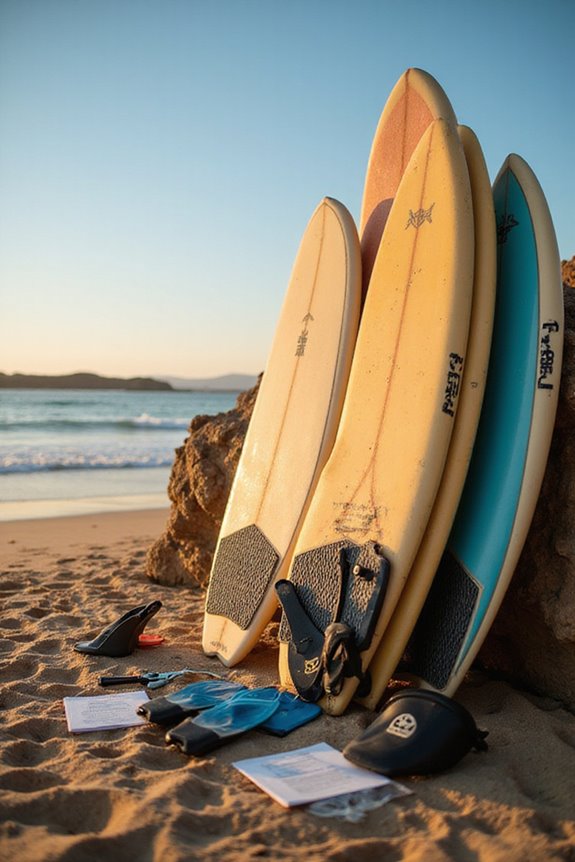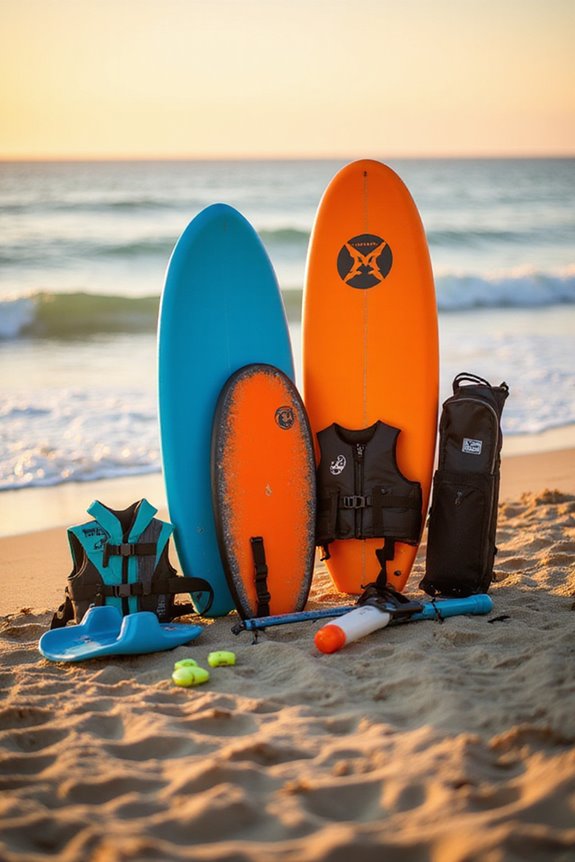When choosing between private or group lessons for beginners, we find both options have unique benefits. Private lessons provide personalized attention, allowing us to learn at our own pace with tailored feedback. Alternatively, group lessons encourage social interaction and community support, helping us connect with peers. Overall, the best choice depends on our learning style and goals. By evaluating these distinct features, we can better determine which format suits our needs. Let’s explore this topic further.
Key Takeaways
- Group lessons provide a more affordable option for beginners, ranging from $23 to $80 per session compared to private lessons’ higher costs.
- Beginners benefit from social interaction in group lessons, fostering friendships and shared learning experiences that enhance motivation.
- Private lessons offer tailored instruction, allowing beginners to progress at their own pace with customized feedback.
- Group classes follow a fixed curriculum, which can sometimes frustrate beginners who may need more individualized attention.
- Private lessons establish close student-instructor relationships, boosting confidence and motivation for beginners through personalized attention.
Personalized Attention and Individual Progress
When we consider the impact of personalized attention on individual progress, it’s clear that private lessons offer significant advantages for beginners. These lessons provide one-on-one coaching tailored to each learner’s individual strengths, allowing for customized feedback that addresses specific needs.
With immediate feedback, we can correct techniques in real time, ensuring proper form and minimizing the risk of injury. Additionally, private lessons enable us to progress at our own pace, as lesson plans are tailored based on our skill levels and preferences. This individualized approach fosters a close student-instructor relationship, boosting motivation and confidence. Furthermore, private sessions often cater to various age groups and skill levels, making them a versatile choice for learners.
Cost and Affordability Factors
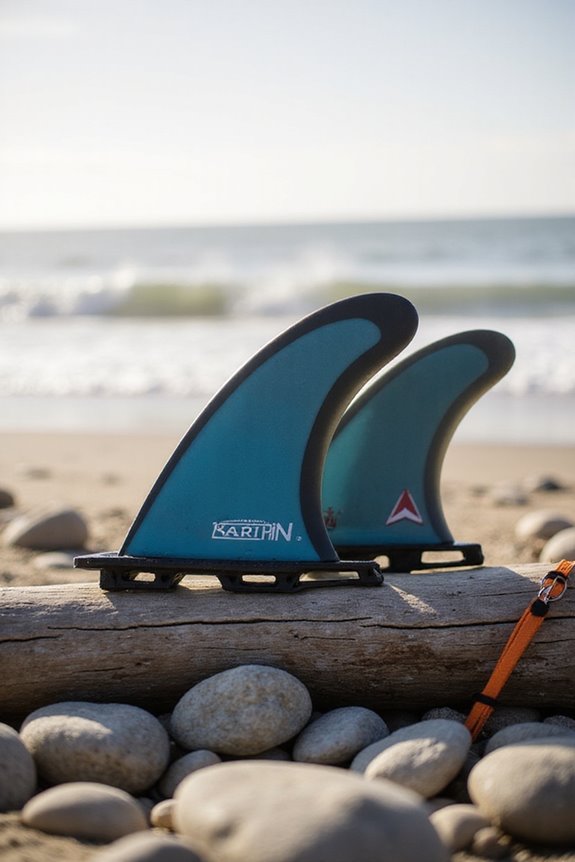
The cost of lessons plays a significant role in our decision-making process, particularly when comparing private and group options. When we conduct a cost comparison, private lessons can be much more expensive, ranging from $60 to $175 per session, while group lessons typically cost $23 to $80. For those with budget constraints, group lessons are often the most affordable choice.
Additionally, while private lessons may offer quicker progress, frequent sessions can lead to substantial costs. Group lessons, on the other hand, usually provide shorter sessions but are more accessible for beginners. Semi-private lessons present a middle ground, allowing for some individual attention without the higher price tag of private lessons. Overall, group lessons are generally the best financial option for beginners. Experienced instructors ensure that even in group settings, participants receive valuable guidance and support.
Social Interaction and Community Building
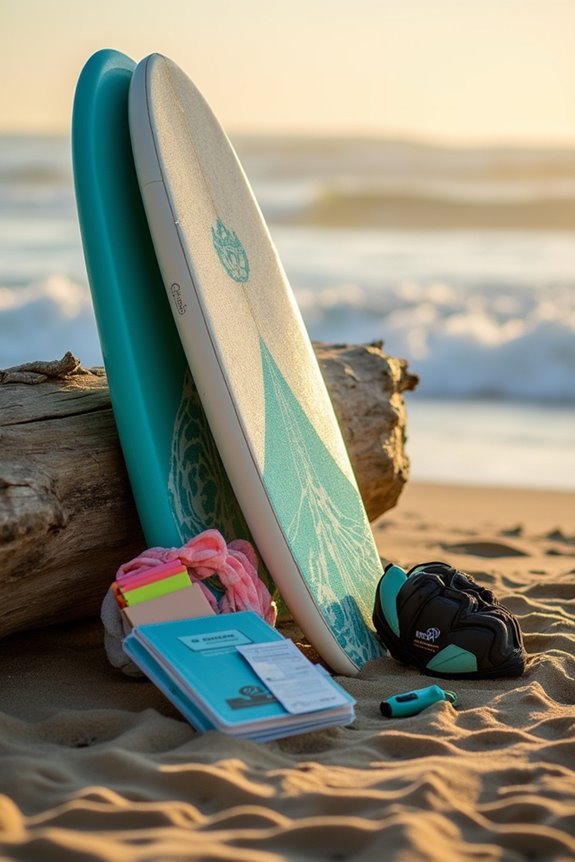
Social interaction and community building are essential components of the learning experience in group lessons. In these settings, we benefit from frequent opportunities for peer connection, as we learn alongside others who share similar interests and goals. This environment encourages communication, shared challenges, and cooperative activities, fostering friendships and enhancing group dynamics.
Group lessons also cultivate a sense of belonging, uniting us through common learning objectives. Accountability increases, motivating us to prepare regularly and practice consistently. Observing our classmates’ progress not only boosts our confidence but also enriches our learning culture with diverse perspectives. Ultimately, the collaborative experiences we share help us develop essential social skills, making the learning process more engaging and supportive. Additionally, many surf schools in Fuerteventura offer structured lessons and equipment rental, ensuring that beginners receive the best guidance as they embark on their surfing journey.
Curriculum Structure and Learning Pace
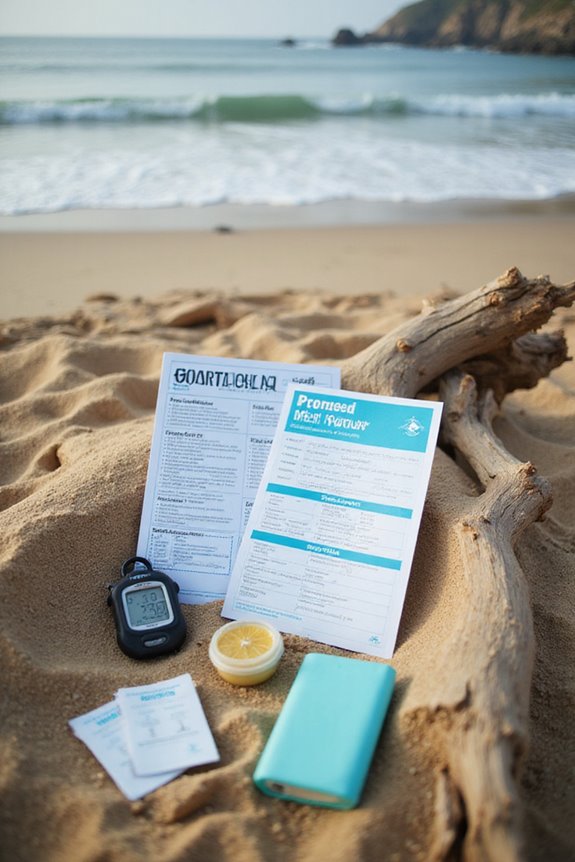
Although both private and group lessons serve essential roles in beginner education, their curriculum structure and pacing differ markedly.
Curriculum Flexibility
Private lessons offer customized curriculum flexibility, allowing instructors to tailor content based on individual progress and specific goals. In contrast, group lessons typically follow a fixed curriculum that covers the same material for all participants, regardless of their skill levels.
Pacing Differences
Private lessons enable students to learn at their own pace, advancing through mastered topics or spending more time on challenges. Conversely, group classes maintain a steady pace suitable for the median skill level, which may frustrate those who learn faster or slower. This structured approach can limit the depth of mastery for individual needs. Additionally, many surf schools offer surf schools with experienced instructors familiar with local conditions that can enhance the learning experience in private lessons.
Motivation, Accountability, and Engagement
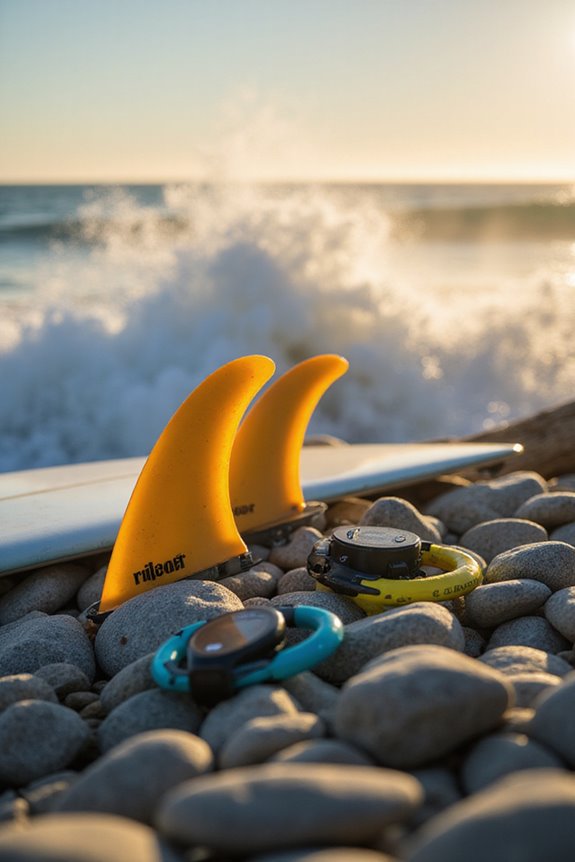
When considering motivation, accountability, and engagement in learning environments, we find distinct dynamics between private and group lessons.
Motivation
Group lessons thrive on peer motivation, where seeing classmates’ progress inspires effort. The social environment fosters a sense of belonging, enhancing our drive to learn. In contrast, private lessons focus on individual discipline, with personalized goals that reflect our unique learning pace. Additionally, the availability of well-maintained surfboards can enhance motivation by ensuring that students have the right equipment to succeed.
Accountability
Group settings establish external accountability through fixed schedules and peer support, encouraging commitment to attendance and participation. Conversely, private lessons depend on our individual discipline, relying on direct feedback from tutors to maintain progress.
Engagement
Group interactions promote active participation and reduce feelings of isolation. On the other hand, private lessons offer tailored feedback, focusing deeply on our personal learning challenges.
Effectiveness for Beginners
Individual Learning and Skill Development
Private lessons provide tailored instruction that focuses on our specific strengths and weaknesses. This individualized approach allows us to progress at our own pace, mastering challenging concepts more quickly. In contrast, group lessons follow a standardized curriculum, which may not cater to each student’s unique learning needs. Additionally, equipment quality is crucial in private lessons, ensuring that beginners use safe and effective gear that enhances their learning experience.
Feedback and Interaction
Private lessons offer immediate and specific feedback, enhancing our skill development. However, group lessons foster social interaction and peer learning, which can motivate us. While group settings normalize mistakes and build confidence, private lessons create a distraction-free environment that promotes focused learning.
Frequently Asked Questions
What Types of Instruments Are Typically Taught in Private vs. Group Lessons?
When we think about instruments taught in lessons, piano lessons and violin sessions often require individual attention, while guitar classes and drum workshops thrive in group settings, promoting collaboration and learning through shared experiences.
How Can I Assess My Child’s Learning Style for Lesson Choices?
So, we’re not mind readers, right? To assess our child’s learning preferences, let’s try fun assessment techniques like quizzes and observations. Mixing methods helps us discover what truly clicks for them in lessons!
Are There Any Age Restrictions for Private or Group Lessons?
We recognize that age flexibility is vital for lesson accessibility. Private lessons often accommodate younger children, while group lessons typically require older participants. It’s important to check specific age requirements at each facility for clarity.
What Is the Typical Duration of Private and Group Lessons?
Imagine the excitement of learning something new! Typically, private lessons last 30 minutes to an hour, while group lessons stretch from 1 to 2 hours—each with varied lesson lengths and frequency to fit our needs.
Can I Switch Between Private and Group Lessons Later On?
Yes, we can definitely switch between private and group lessons later on. This flexibility offers us switching benefits, allowing us to adapt our learning styles and meet our evolving goals as we progress.






